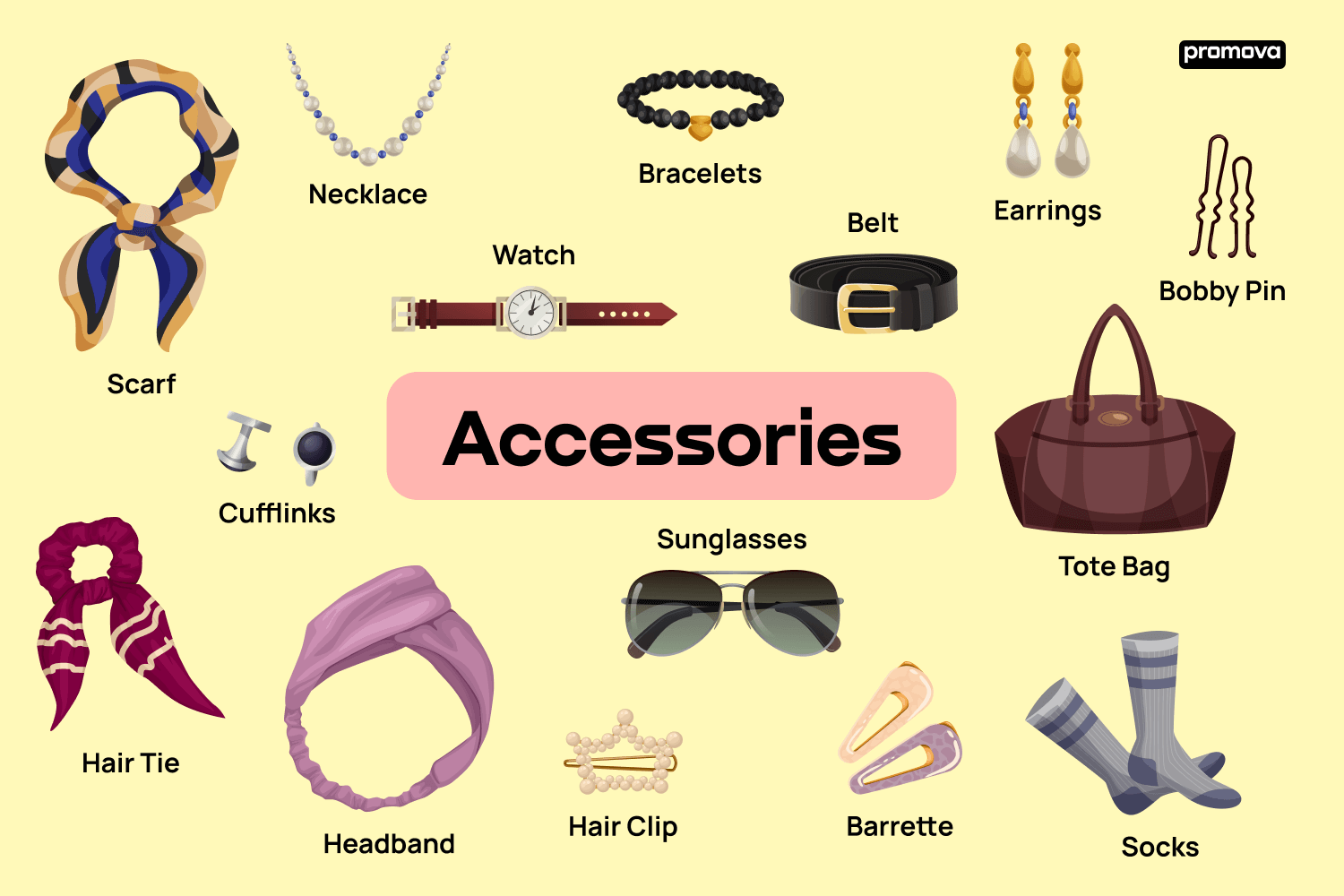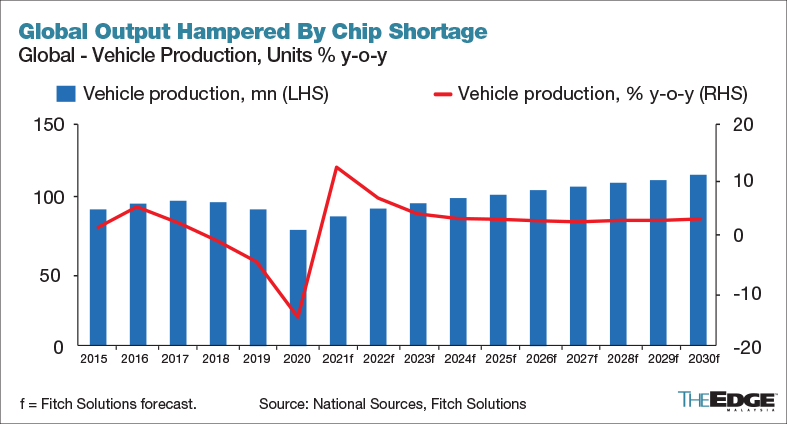Automotive Paint Costs: Complete Guide to Pricing and Factors
Understand automotive paint pricing
Automotive paint costs vary dramatically base on several key factors. A gallon of automotive paint typically range from $100 to $500, with premium options reach fifty higher prices. This wide range reflect differences in paint quality, brand reputation, color complexity, and intend application.
Base coat paints mostly cost less than complete paint systems. Single stage paints, which combine color and clear coat in one product, fall someplace in the middle of the price spectrum. Understand these distinctions help car owners and professionals make informed purchasing decisions.
Types of automotive paint and their costs
Acrylic enamel paint
Acrylic enamel represent the most budget friendly option for automotive painting projects. A gallon typically cost between $100 and $$200 This paint type offer decent durability and color retention, make it suitable for older vehicles or budget restoration projects.
The application process for acrylic enamel is comparatively straightforward. It provides good coverage and dries to a reasonable finish. Nonetheless, itlacksk the depth and gloss of more expensive alternatives.
Acrylic urethane paint
Acrylic urethane paint command higher prices, typically range from $200 to $$350per gallon. This paint type offer superior durability, chemical resistance, and color retention compare to basic enamel options.
Professional body shops oft prefer acrylic urethane for its workability and finish quality. The paint flow advantageously during application and provide excellent coverage with fewer coats require.
Polyurethane paint
Premium polyurethane paints represent the high end of automotive paint pricing. These products typically cost $300 to $$500per gallon or more. They offer exceptional durability, uvUVesistance, and color stability.
Luxury vehicle manufacturers oftentimes use polyurethane base paint systems. The superior performance justifies the higher cost fohigh-endnd restoration projects and custom paint jobs.
Factors affect paint costs
Color complexity
Standard colors like white, black, and basic metallics cost less than complex custom colors. Specialty finishes such as pearl, candy colors, or multi-stage metallics importantly increase paint costs.
Custom color matching add another layer of expense. Paint suppliers must create specific formulations to match exist vehicle colors, particularly for partial repairs or touch up work.
Brand reputation
Establish paint manufacturers command premium prices for their products. Brands like PPG, Sherwin Williams automotive, and BASF typically cost more than less know alternatives.
Professional painters oftentimes justify these higher costs through better color matching, superior application properties, and reliable technical support. The investment in quality paint oftentimes pay dividends in the final result.
Purchase quantity
Buy paint in larger quantities typically reduce the per gallon cost. Professional shops benefit from bulk purchasing agreements with paint suppliers. Individual consumers commonly pay retail prices for smaller quantities.
Some suppliers offer discounts for purchase complete paint systems, include primers, base coats, and clear coats from the same manufacturer.
Additional costs beyond paint
Primer and preparation materials
Quality primer cost $50 to $$150per gallon, depend on the type and brand. Specialty primers for specific substrates or applications may cost more.
Preparation materials include sandpaper, mask tape, and clean solvents add to the total project cost. These materials are essential for achieve professional results.
Clear coat
Clear coat protect the color coat and provide gloss and depth to the finish. Quality clear coats cost $100 to $$300per gallon. High solids clear coats command premium prices but offer superior protection and appearance.

Source: storage.googleapis.com
Some paint systems include integrate clear coat, while others require separate application. Understand the complete system requirements help budget accurately for paint projects.
Reducers and additives
Paint reducers, hardeners, and other additives are necessary for proper paint mixing and application. These materials typically add 20 to 30 percent to the base paint cost.
Different weather conditions may require specific reducers for optimal application. Professional painters stock multiple reducer types to ensure proper paint flow and drying.

Source: tffn.net
Professional vs. DIY considerations
Professional application costs
Professional paint jobs include labor, materials, and facility costs. Complete vehicle repaints typically cost $3,000 to $$10000 or more, depend on the vehicle size and paint quality select.
Professional shops provide warranties on their work and have access to specialized equipment and spray booths. The control environment ensures optimal paint application and curing.
DIY paint projects
DIY painters can purchase automotive paint direct from suppliers or automotive stores. Nonetheless, achieve professional results require significant skill, proper equipment, and control application conditions.
Home painters frequently underestimate the importance of surface preparation and environmental control. Poor preparation or application conditions can result in paint defects that require costly correction.
Coverage and quantity calculations
Paint coverage rates
One gallon of automotive paint typically cover 200 to 400 square feet, depend on application method and surface preparation. Spray application broadly provide better coverage than brush or roller methods.
Multiple coats are commonly required for optimal color coverage and appearance. Base coat / clear coat systems may require two to three coats of each component.
Vehicle size considerations
Compact cars typically require two to three gallons of paint for complete coverage. Larger vehicles like trucks and SUVs may need four to six gallons or more.
Complex vehicles with multiple panels, trim pieces, and detailed areas require additional paint for proper coverage. Professional estimators consider these factors when calculate material requirements.
Quality vs. Cost analysis
Long term value
Higher quality paints broadly provide better long term value through superior durability and appearance retention. Cheap paints may require more frequent reapplication, increase total ownership costs.
UV resistance, chemical resistance, and color stability vary importantly between paint grades. Premium paints maintain their appearance longsighted in harsh environmental conditions.
Application efficiency
Quality paints oftentimes provide better coverage and easier application, reduce labor time and material waste. These factors can offset higher material costs in professional applications.
Consistent viscosity, good flow characteristics, and predictable dry times make premium paints more efficient to use. Professional painters value these properties for maintain productivity.
Where to purchase automotive paint
Professional paint suppliers
Automotive paint distributors typically offer the widest selection and best technical support. They stock professional grade products and provide color matching services.
Many professional suppliers require business licenses or painter certifications for certain products. Nonetheless, they oftentimes provide the virtually competitive pricing for quality materials.
Automotive parts stores
Chain automotive stores carry basic automotive paints suitable for touch up work and small projects. Prices may be higher than professional suppliers, but products are pronto available.
These stores oftentimes stock aerosol paint for small repair projects. While convenient, aerosol paints cost importantly more per unit volume than bulk paint.
Online retailers
Internet retailers offer competitive pricing on automotive paints, particularly for bulk purchases. Nonetheless, color matching can be challenge without see the actual product.
Shipping costs and delivery times must be considered when purchase painonlinene. Some products may have shipping restrictions due to hazardous material regulations.
Tips for reduce paint costs
Accurate estimation
Careful measurement and calculation prevent over purchase paint materials. Professional estimating guides help determine exact quantities need for specific projects.
Consider the complete paint system requirements when budgeting. Forget primers, reducers, or clear coats can lead to project delays and additional costs.
Time purchases
Paint suppliers occasionally offer seasonal discounts or promotional pricing. Planning projects around these sales can provide significant savings.
End of year inventory clearances may offer opportunities to purchase quality paint at reduced prices. Yet, ensure the paint shelf life meet project timing requirements.
Bulk purchasing
Coordinate multiple projects or partner with other painters can enable bulk purchasing discounts. Professional shops oftentimes share large orders to reduce individual costs.
Consider purchase complete paint systems preferably than individual components. Manufacturers sometimes offer package deals that reduce total system costs.
Understand automotive paint costs require consider multiple factors beyond the basic per gallon price. Quality, application requirements, and long term performance all influence the true value of paint investments. Whether plan a professional restoration or DIY project, careful evaluation of these factors ensure optimal results within budget constraints.



